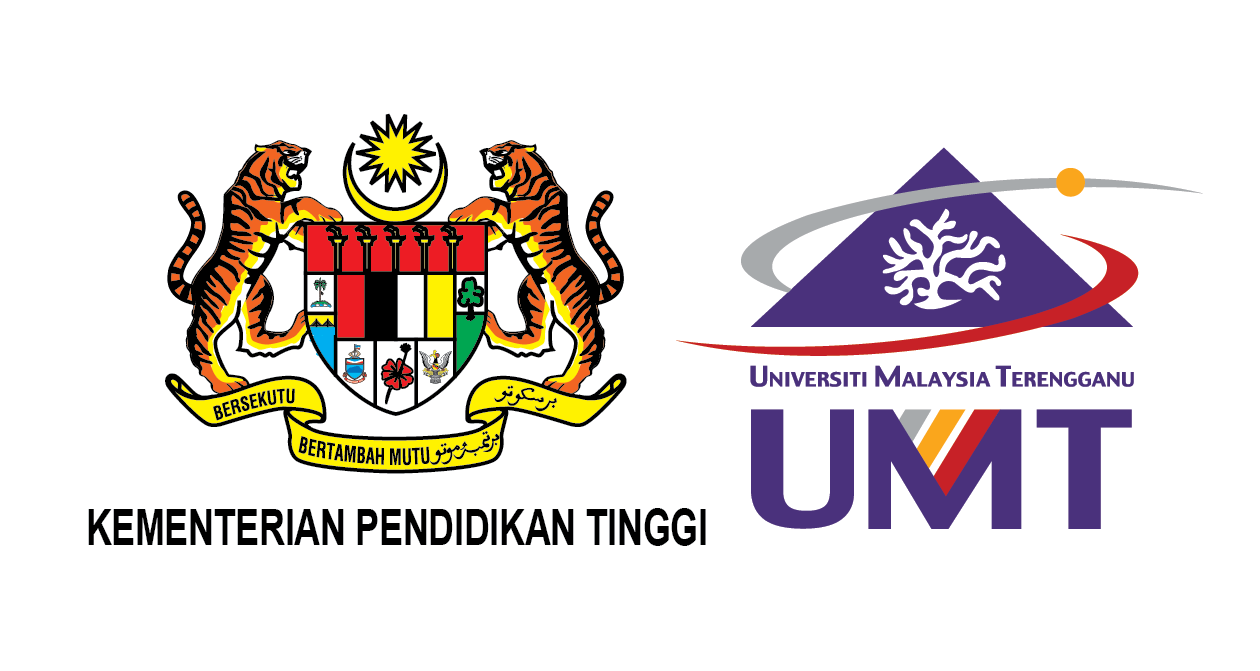Please use this identifier to cite or link to this item:
http://umt-ir.umt.edu.my:8080/handle/123456789/9068Full metadata record
| DC Field | Value | Language |
|---|---|---|
| dc.contributor.author | Ummi Aimi Hazwani Arif | - |
| dc.date.accessioned | 2018-05-22T07:30:59Z | - |
| dc.date.available | 2018-05-22T07:30:59Z | - |
| dc.date.issued | 2008 | - |
| dc.identifier.uri | http://umt-ir.umt.edu.my:8080/xmlui/handle/123456789/9068 | - |
| dc.description.abstract | Fungi associated with mangroves have been proven to be one of the rich sources of bioactive compounds. In this study, the antibacterial activity of fungi isolated from Acrostichum aureum was investigated. In order to confirm the identification of fungi, slide culture technique was used and three fungi have been identified. The fungal extracts of T viride, Massarina sp., and C. lunata were screened for antibacterial activities against five bacterial test strains: Pseudomonas sp., Salmonella sp., E. coli, Klebsiella sp. and Streptococcus agalactiae using the agar well diffusion method. The zones of inhibition produced by the extracts of T viride, Massarina sp., and C. lunata against the test strains were between 8-19, 7-30 and 10-30 mm, respectively. The fungal extract of T viride was more effective against the bacterial test strains than the other two species, with moderate activity. Massarina sp. showed possible inhibition zone against E. coli and Klebsiella sp. while C. lunata showed possible inhibition against E. coli, Salmonella sp.,and Pseudomonas sp. It is therefore possible that T viride, Massarina sp., and C. lunata contain antimicrobial compounds. However, the efficacy of all fungal extracts towards the bacterial test strains cannot be determined as yet, when compared to the standard antimicrobial agent ampicillin since they are still impure extracts. Thin layer chromatography has also been carried out to observe the compounds in the fungal extracts but the compounds were not fully separated which maybe due to the unsuitability of the running solvent mixture. Further study is recommended to identify the antimicrobial compounds in those fungi. | en_US |
| dc.language.iso | en | en_US |
| dc.publisher | Universiti Malaysia Terengganu (UMT) | en_US |
| dc.subject | Ummi Aimi Hazwani Arif | en_US |
| dc.subject | LP 72 FST 1 2008 | en_US |
| dc.title | Detection of antibacterial compounds in fungi isolated from Acrostichum aureum | en_US |
| dc.type | Working Paper | en_US |
| Appears in Collections: | Fakulti Sains dan Teknologi | |
Files in This Item:
| File | Description | Size | Format | |
|---|---|---|---|---|
| LP 72 FST 1 2008 Abstract.pdf | 615.39 kB | Adobe PDF | View/Open | |
| LP 72 FST 1 2008 Full text.pdf Restricted Access | 3.37 MB | Adobe PDF | View/Open Request a copy |
Items in UMT-IR are protected by copyright, with all rights reserved, unless otherwise indicated.

